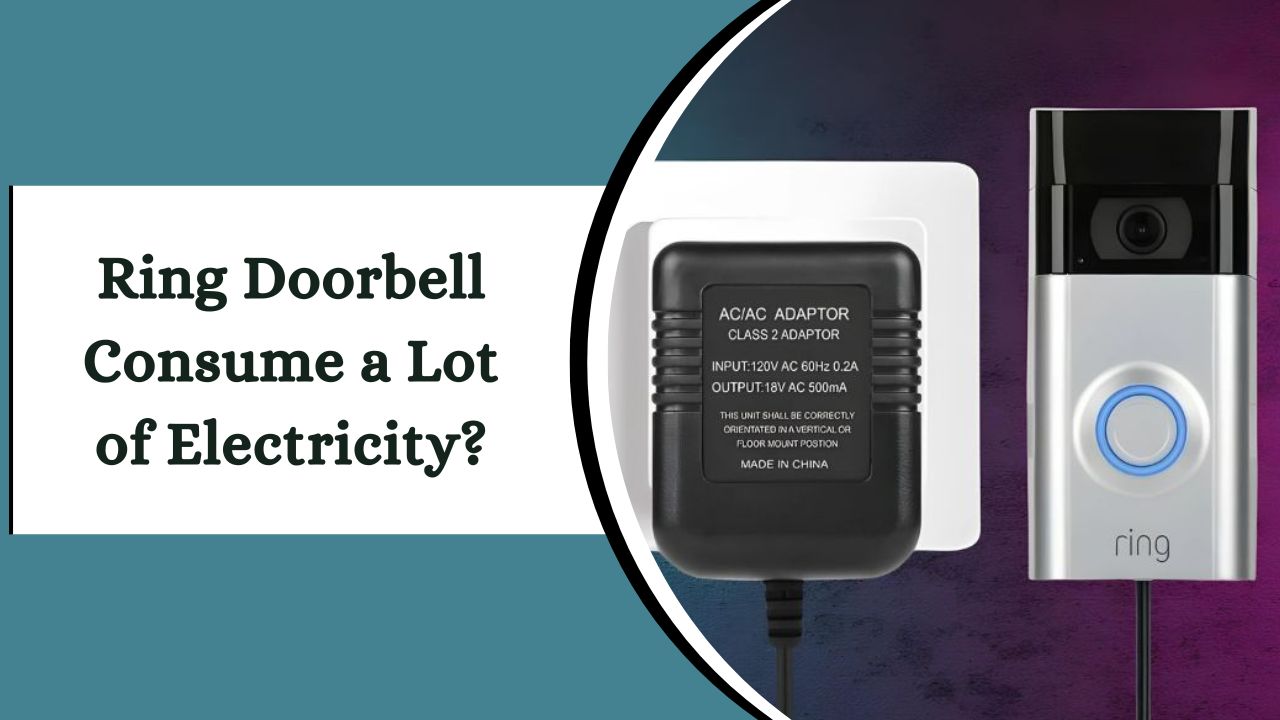Ring doorbells are highly energy-efficient, consuming just 1.2 watts in standby mode, and costing about £3.64 annually. This article explores the power requirements of different Ring models, highlights their low energy consumption, and provides tips for further reducing electricity use while maintaining home security.
Understanding Ring Doorbell’s Power Requirements
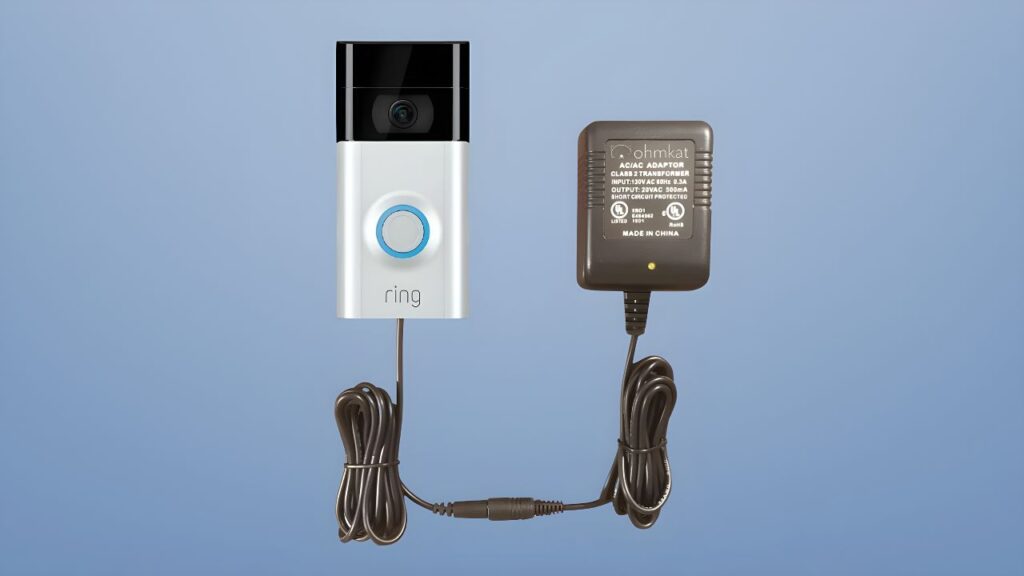
Ring Doorbells come in various models, each with distinct power needs. Battery-operated versions are particularly user-friendly due to their simple installation process, appealing to those who seek a quick and hassle-free setup. On the other hand, hardwired models draw power directly from your home’s electrical system, ensuring continuous operation without the need to replace batteries.
This section delves into these options, offering a clear overview of their power consumption. From personal experience, choosing between battery and hardwired systems often depends on the user’s preference for convenience versus the need for constant, uninterrupted power.
Electricity Consumption of Ring Doorbell
When examining the electricity consumption of Ring Doorbells, their efficiency stands out. Based on personal experience and analysis, their average power usage is minimal, especially when compared to traditional wired doorbells. This is a significant factor for those mindful of energy conservation.
In standby mode, Ring Doorbells are highly energy-efficient, and even during active use, they consume only about 2-3 watts, similar to a standard LED bulb. This low power consumption in both standby and active modes makes Ring Doorbells an excellent choice for energy-conscious homeowners.
What Are Ring’s Smart Home Products?
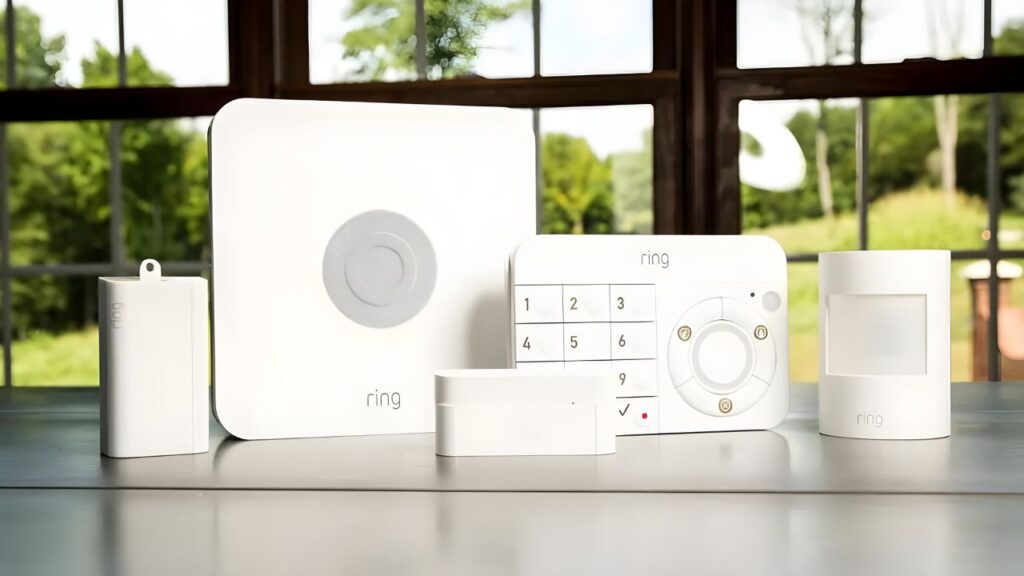
Ring, an Amazon subsidiary, dominates the smart home market, particularly with its popular smart doorbells. Widely used across U.S. cities, local authorities even subsidize some. Based on personal experience, Ring doorbells offer instant alerts, high-quality video, and audio chat right at your doorstep.
Their product line also includes advanced security cameras like floodlight and spotlight cams, stick-up cams for outdoor use, and a comprehensive alarm system with sensors. Ring’s smart lighting, from indoor to powerful outdoor options, further enhances home security.
What Does ‘Electric Usage’ Actually Mean?
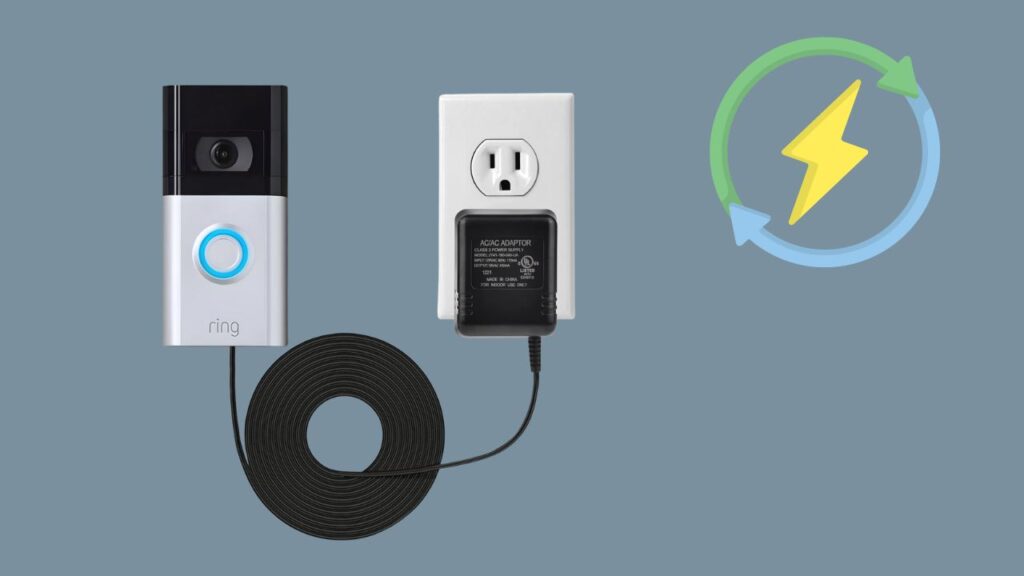
When discussing electricity usage in smart home technology, such as Ring Doorbells, it’s important to address some common misconceptions. Electric usage goes beyond just measuring electric currents; it’s a key factor in managing household tasks and monitoring energy bills.
It refers to the overall load a device places on a home’s electrical circuit, which includes the consumption and how it interacts with circuit breakers and other critical components of the electrical system. Understanding this concept helps in better-estimating energy costs and the impact of these devices on daily life.
The Importance of Watts, Volts, and Amps
Grasping electricity usage involves understanding the roles of amps, volts, and watts, which are essential for measuring power in devices like the Ring Doorbell. Amps represent the flow of electricity, volts denote the force driving the current, and watts measure the total power consumption, all of which are fundamental to discussions about smart technology.
1. Understanding Amperage in Electrical Circuits:
Amperage, measured in amps, indicates the amount of electricity flowing through a circuit. A higher amperage means a greater volume of electrical energy is being used, which is crucial for evaluating a device’s energy consumption.
2. The Role of Volts in Electrical Flow:
Volts can be thought of as the speed at which electricity travels through a circuit. Higher voltage means that electricity is moving faster, efficiently powering devices. Understanding voltage is essential for comprehending how electrical devices function and what their energy requirements are.
3. Wattage – A Combination of Amps and Volts:
Wattage is a crucial metric that combines volts and amps, providing a comprehensive understanding of a device’s total electric consumption. The formula for calculating wattage is simple: Amps multiplied by Volts equals Watts. This equation helps bridge the gap between the amount of electricity used and the energy required to power a device.
What Is The Typical Electric Usage For Ring’s Doorbells?
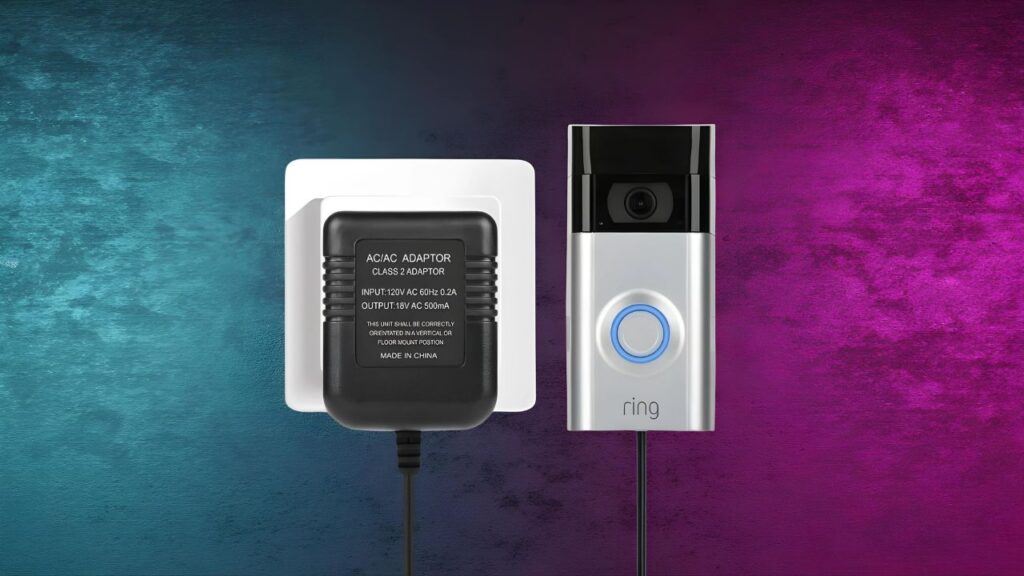
Ring doorbells, including models like the Ring Alarm Base Station and Ring Floodlight Cam, are not as energy-intensive as one might think. They are designed to be energy-efficient, especially during periods of low activity such as standby mode.
From personal experience, these devices only draw significant power during recording events or when features are activated at night. According to official sources, a wired Ring Doorbell in standby mode consumes less than 10 watts.
The energy usage can vary slightly depending on the specific model. For instance, when the doorbell rings and engages the existing doorbell chime unit, it uses more power than when operating without the chime.
However, the Ring Pro Power Kit helps reduce this consumption by acting as a resistor, keeping energy use low both in standby and during events like motion alerts or guest arrivals. This efficient power usage is one of the appealing aspects of Ring’s smart home products.
How Does Ring Technology Impact Your Electric Bill?
Understanding the impact of Ring devices on your electric bill involves looking at how voltage, amps, and watts interact. These devices are designed not to overload your home’s circuit breaker.
Calculating their electricity cost is straightforward, involving basic multiplication and division, much like using a calculator rather than facing complex math problems.
By simplifying the measurement and calculation process, it becomes clear that Ring technology doesn’t significantly increase your electric bill, making it an excellent choice for home security.
What Is The Electric Usage Of Ring’s Cameras?

The wattage of Ring cameras, which indicates their energy needs, can vary by model. Larger cameras, like the Ring Floodlight Camera, use more power, rated at 24 watts.
However, even these higher-rated devices won’t significantly impact your electricity bill. On the other hand, the Ring Stick Up Camera uses between 2 to 4.5 watts in recording mode, with a slight increase when recording at night.
How to Reduce Ring Camera Energy Usage?
Ring offers various cameras with different energy consumption profiles. To reduce energy usage, it’s crucial to understand your specific model. Using standby and night modes can help save energy, though wattage can increase when using features like live feed or intercom functions.
Many users find that accessing standby and night modes through the app on a tablet, phone, or computer is energy-efficient. To further reduce energy consumption, consider limiting the number of active cameras.
For example, a camera might use 2.5 watts in standby mode, but a battery or solar-powered camera may manage energy use more efficiently. For detailed information on energy usage for each model, Ring’s website provides comprehensive breakdowns.
How Much Electricity Does the Ring Smart Lighting Range Use?
The Ring smart lighting range, utilizing LED technology, is designed to be both energy-efficient and cost-effective. These smart light bulbs, which consume less than 10 watts each, are estimated to cost around $1.04 per year to operate, making them a budget-friendly choice for energy-conscious users.
On the other hand, the Ring floodlight, which combines lighting with a camera, has a higher energy consumption, rated at 20-25 watts at its peak. However, the transition to LED technology significantly reduces energy use compared to traditional incandescent lighting, leading to lower overall energy costs.
Tips to Reduce the Electricity Consumption of Ring Doorbells
Absolutely! Here are the top five recommendations for minimizing the power usage of your Ring Doorbell:
- Adjust Motion Detection Settings: Fine-tune the motion sensitivity settings to prevent unnecessary activations and recordings, which can increase power consumption.
- Stay Updated with Firmware: Regularly update your Ring Doorbell with the latest firmware. These updates often include enhancements that can improve the device’s energy efficiency.
- Implement Smart Scheduling: Use the scheduling feature to disable non-essential functions during specific times, reducing energy use when full operation is not needed.
- Solar Charger Option: Consider attaching a compatible solar charger to your Ring Doorbell. This can provide a consistent power supply on sunny days, decreasing reliance on traditional power sources.
- Monitor and Control via App: Use the app to regularly monitor and control your Ring Doorbell. Keeping track of its activity and adjusting settings as needed can help manage and lower its overall electricity consumption.
More Things People Look For:
How Much Does It Cost to Run a Ring Doorbell?
Ring doorbells, popular in many homes, are known for their efficiency. In standby mode, they use approximately 1.2 watts of power, resulting in minimal energy consumption over 24 hours.
Annually, running a Ring doorbell might cost around £3.64, or about 6p per week. From my experience, this makes it a cost-effective option for enhancing home security.
Do Wired Ring Cameras Use a Lot of Electricity?
For those curious about the Ring Floodlight Camera’s electricity usage, it draws a minimum of 0.5 amps and uses about 60 watts when both the camera and floodlights are active.
Despite this, the camera is energy-efficient, featuring a power-saving mode that reduces consumption when not in use. Based on my experience, the additional cost on the electricity bill is minimal, especially when considering the added security and peace of mind it provides.
Does the Ring Doorbell Work Without Electricity?
The Ring Pro doorbells require power from a low-voltage doorbell transformer, while the basic Ring Doorbell operates on a battery, ensuring it works even without direct electricity. This design offers flexibility and reliability in various power situations.
Does the Model of the Ring Doorbell Affect Its Power Usage?
Yes, different models have varying power requirements, but all are designed to be energy-efficient. While the specific model choice does impact energy use, efficiency is a key feature across all Ring doorbell models.
Can a Ring Doorbell Battery Last Long Without Recharging?
The battery life of a Ring Doorbell largely depends on the model and usage. Some models can last several months without needing a recharge. In my experience, with moderate use, recharging is infrequent, adding to the convenience of these smart doorbells.
Our Final Take
Ring doorbells and cameras are energy-efficient, consuming minimal electricity and having a negligible impact on your bill.
These devices provide robust home security without significantly increasing energy costs.

